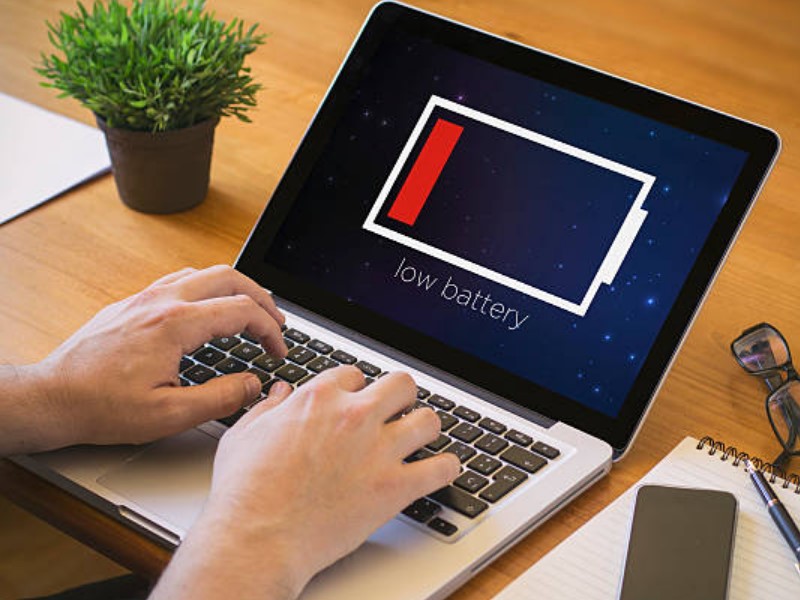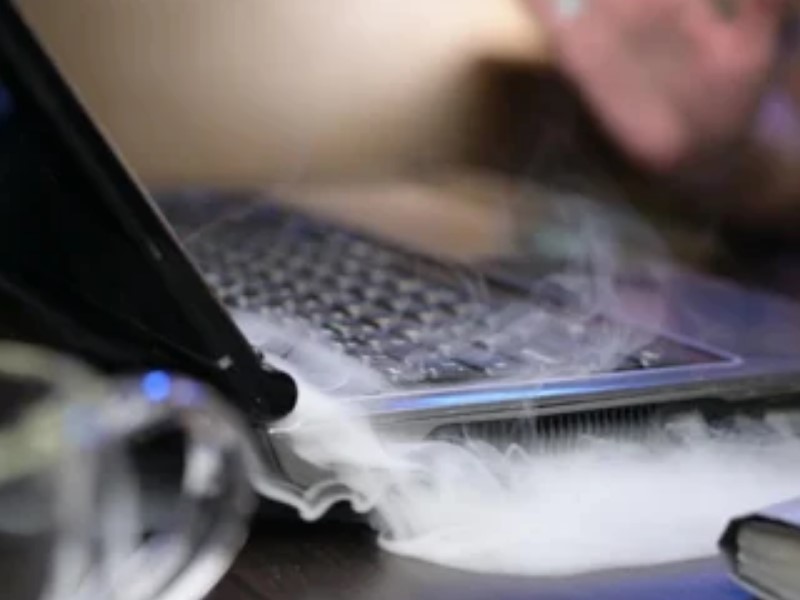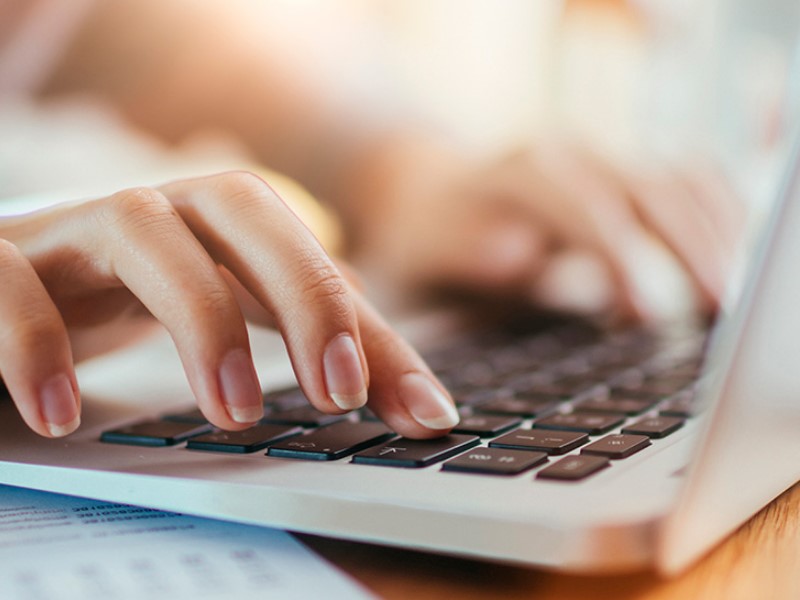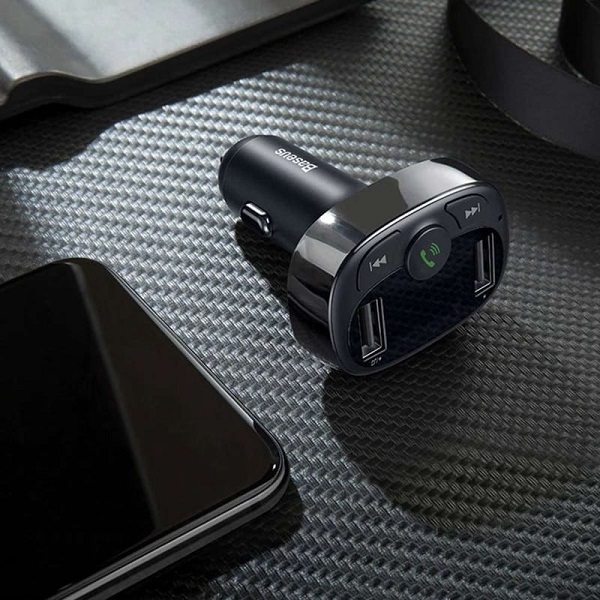Every time your laptop acts up, the most common advice you probably hear is to just restart the device. But although this is always worth a try, fixing issues related to laptops has gone beyond a mere restart.
Of course, there are always home remedies you can find on Google but knowing the specific type of issue you are dealing with in the first place can help you save a lot of effort, time, and money.
Laptops can encounter all sorts of issues, both hardware and software related. Take a look at some of the most common problems you need to be familiar with:
Table of Contents:
Application Shows Error Message or Doesn’t Open
Closing the application, reinstalling, or uninstalling are some of the many solutions you can find online when it comes to addressing this problem. However, if all of these don’t work, there might be other serious reasons such as corrupt window files or even a virus on your system.
It is best to consult a technician or repair expert if the problem remains unfixed even after you try simple methods of repairing this error.
Battery Problems
Faulty charging hardware or old batteries can make your device charge slowly or if it doesn’t charge at all. A common error message tells you that the device is plugged in but is not charging. This error is the result of a failing battery or because of a Microsoft Windows error.

If you look at the device’s bottom corner to the right, you will see the battery icon. Hovering over this icon will tell you the battery’s status. Make sure you check the power supply socket first before you conclude that it is an issue with hardware or battery. For older laptops, a battery replacement might be necessary. However, it is best to have a repair expert check the issue.
Frequent Restarts
Nothing can be more annoying than your laptop restarting right in the middle of your work, all the more so if you haven’t saved the file yet.
Frequent restarting may be due to different hardware issues or even corrupt system files in Windows or registry. This type of problem needs a computer repair expert’s attention right away.
Heating Problem
It doesn’t matter if the external temperature is cool because your device can still heat due to internal problems. The most common cause is lint buildup in the fans that can make the device run hot.

Also, another culprit is that the silicone paste used for transferring heat from the GPU and CPU dries up after several years, leading to an overheating problem.
Many laptops have 105 degrees as a safety temperature before the device automatically shuts down. Constant heat exposure can result in permanent damage to some parts of your device, requiring an early fix.
Laptop Doesn’t Turn On
It can be very concerning if your device no longer shows any sign of life. This can be due to the charger not supplying enough voltage for charging the battery. It can also be because the Jack or DC input on the motherboard has been damaged. This kind of problem is best left to the hands of the experts because it means that the motherboard must be removed for repair.
Frozen Screen
This problem can often be solved by simply restarting the device. Having said that, if your device always freezes to the point that it affects your work, this can be the result of different underlying problems.

It can be due to some applications that cause the device to freeze up. It can also be hardware related such as a faulty memory or a failing hard drive. Sometimes, the most common system is the much-dreaded Butter Overflow or BOF.
In cases like this, you can use the Restore option. Just go to Control Panel and look for System Security and Maintenance. Proceed to Recovery then Open System Restore and try reverting to the working state of Windows before the start of the screen’s freezing.
Sounds Coming from the Device
Did you notice some unusual and persistent sounds coming from your device every time it is running? While everything seems working and fine, the rattling noises indicate that there is a repair issue with your device that should be fixed immediately.
The problem is typically an indication that one of the hinges of the device incurred damage with the plastic mounting points already broken. Eventually, the loose parts will get stuck in the fan which can cause your device to shut down. Worse, it can even damage and affect the operation of the device.
If you notice stranger sounds that shouldn’t be there in the first place, make sure you have your device checked by a professional repair technician.
Some Keys are Not Functioning
Was there ever a time that some letters on the keyboard don’t work? The issue is not due to dust instead, it might be an indication that the keyboard is already starting to fail. If you want to be sure, you can plug in a USB keyboard to your device to ensure that the keyboard is at fault instead of the motherboard. When the problem continues, consult an expert to have the issue fixed.

Sound Doesn’t Work
This problem may have something to do with the speaker or microphone.
- After you check the volume levels and the mute button, see if the issue persists.
- Go to the Control Panel then double-check the Sound options.
- Switch it back to the Default settings then click Apply.
- When this still doesn’t work, the issue with the laptop’s sound, either output or input, often requires the attention of a repair specialist.
Accidental Spills
Accidents can happen, and you might end up spilling juice, coffee, or water on your device. Any liquid can damage the motherboard or keyboards of laptops. When this happens, the best thing you can do is hold the device upside down to allow the liquid to seep out. Use a dry cloth to clean the device and absorb most of the moisture as much as possible.
If simple fixes are not enough for the above issues, don’t think twice and let your laptop be checked and repaired by the experts.




















